Many gods have been associated with death in the collective human unconscious, and these entities have either terrified or intrigued our imaginations for eons. Some find peace in seeing the grave as a doorway to another world, and there have always been supernatural entities ready to help guide us through. So, let’s explore some of these chthonic entities and see just why humanity has always been so fascinated with the gods of death.
Thanatos
When thinking about the Olympian gods of ancient Greece, Hades probably pops up first concerning death and the underworld. But, there’s actually a member of the pantheon who directly rules transition to the afterlife. The Greek god of death Thanatos is the daemonic personification of death. However, the word daemonic is not how we would interpret it today, moreso its classical definition, which refers to benign or even benevolent spirits. To the Greeks, everyone even had their own personal daemon, a spirit similar to a guardian angel as an analogy. And Thanatos is one of the most powerful of all daemons.
One of the most interesting things is how this entity resembles a biblical angel in ancient depictions, complete with wings and everything. This god of death mainly played a background role in Greek Mythology and performed his duties from the shadows, but Thanatos had a massive role to play in the lives of mortals because only he could inflict death. He is the embodiment of “peaceful death” and takes lives by a mere touch. The cycle of nature would not work without him, negating the temporary stability King Zeus brings the Universe. So, even though he was reviled by many Olympians, Thanatos was necessary for existence to function. Without him, there could be no balance in the worlds of gods, monsters, and mortals, which explains why he was never imprisoned in Tartarus after the Olympians overthrew the Titans.
[the_ad_placement id=”manuel”]
Thanatos is merciless and unbias when it comes to his duty and is loathed by mortals and gods. Being the son of the primordial gods Nyx and Erebus, he and his siblings are personifications of the darker aspects of the universe. But after his parents were locked away in Tartarus, this god of death would continue his macabre craft and serve the Olympian personifications.
Sisyphus, a clever mortal, once tricked Thanatos and imprisoned him, and for a time, no one could die. That is until Ares became angry that no one perished in his wars and set out to free Thanatos successfully. Sisyphus then suffered a fate worse than death; he’s damned forever in Tartarus to push a boulder up a hill only for it to roll back down over and over until the end of the Universe. Perhaps fooling a god of death IS NOT such a good idea.
Santa Muerte
Both the Catholic Church and the Mexican government have an official stance of rejection towards the Saint of Death. But, nothing has stopped the ever-growing popularity of the cult of Santa Muerte. The practices conducted during the Day of the Dead festivities actually go farther back in the culture than one would think at first glance. Long before the Spanish ever came to the Americas, the natives had been practicing death cults for generations, complete with rituals similar to the modern Day of the Dead festivities.
Many in Mexico keep statues of Santa Muerte or figurines, sometimes even on fancy altars decorated with candles, tobacco, flowers, red apples, and alcohol. Her name means, “Our Lady of the Holy Death,” and indeed she looks the part with a skeletal appearance and wearing elaborate robes holding a scythe, globe, or sometimes the scale of justice, hourglass, or oil lamp. The cult of Santa Muerte has become the fastest-growing religious movement in North, South, and Central America.
The Death Saint may be the personification of death itself, but Santa Muerte has many benevolent aspects to her as well. Her devotees will have their souls protected and assured guidance upon death. In ancient times natives made sacrifices to the Lady of the Dead to receive a peaceful death, but with the entities ties to the occult, there are many other aspects of Santa Muerte that a devotee can utilize. The goddess of death is happy to work with mortals and grant boons and many other forms of assistance. All things must eventually answer to death, and her will influences all life.
Mictlantecuhtli
Mictlantecuhtli is the god of death to the Aztec civilization located in the modern country of Mexico. He rules Mictlan, the underworld, and his wife Mictecacihuatl would later down the centuries become la Santa Muerte I’d just mentioned previously. Mictlantecuhtli rules the domains of death, the north or south, owls, bats, spiders, and dogs (who accompany the dead to the underworld). Ceremonies to worship him included human sacrifice and cannibalism, but there were many other ways less fatal the Aztecs worshiped the god of death.
If a mortal pleased the gods in life and died a good death, they could look forward to one of many paradises in the underworld. But most would have to survive a four-year journey of trials through the nine levels of the nether realm before reaching the end of their journey. However, not all souls would come to this god’s underworld because, depending on circumstance, the recently deceased may find themselves in the realms of other gods. There are also heavens and other variables, but most souls would find themselves in the land of Mictlantecuhtli.
[the_ad_placement id=”manuel”]
The death lord is easily one of the oldest gods throughout all Mesoamerica and even predates the Aztecs. He desires order, and this drive for order has caused him to clash with the other gods from time to time. Mictlantecuhtli played a role in creating the fifth universe, which is our present reality, with all the former universes being destroyed in cycles. He attempted to stop Quetzalcoatl from re-creating the human race to populate the Earth once more, but in the end, he failed in his scheme.
Yamraj
In the Hindu/Buddhist pantheon of gods, few have caused as much fear in mortals as Lord Yamraj: God of Death. This deity is also popularly referred to as Yama but has dozens of alternate names. Yamraj is present when someone is dying, deciding if the mortal will go to heaven or the netherworlds to continue the cycle of reincarnation. This has caused some to consider him the Lord of Dharma, as he judges how mortals conducted their lives. In any case, when close to death, Yamraj is close by waiting to grant the moment of death and receive one’s soul.
He is considered the first human and the first mortal man ever to die, and thus the first to enter the afterlife and was awarded rulership over it. His realm is Yama Loka, Naraka (Hell), or Kalichi, located within Patala, the Hindi underworld, whose entrance is guarded by two massive dogs that double as his messengers. The netherworld is only temporary for many, with Yamraj choosing souls ready for their next incarnation after purification. Social status or any other factor will not affect one being sent there. It is for all; rich, poor, good, bad, and everything in between. Only if Yamraj grants the deceased access to the heavens is a soul spared time in the netherworld.
Even though Yamraj is greatly feared, he’s not malevolent and plays a vital role in the cycle of life and death and balance in the world. Death and rebirth are his domain. He only ever punishes the wicked, and only in a way that the souls deserve after careful judgment. The god keeps each person’s lifespan in his tome, the ‘Book of Destiny,’ and stands in esteem among the gods due to his unwavering commitment to maintaining order and harmony. Hence, this god of death is considered a friend to humanity, despite the macabre aspects of its duties.
Donn
Donn, the Dark One, Lord of the Dead – the ancient Irish Celts saw him as once being the leader of a mythical race who desired to conquer Ireland. Magic of the Druids thwarted his ambitions, and a goddess conjured a massive storm that led to Donn drowning after his ship sunk at sea. Being the first of his people to die in the invasion, Donn was elevated to Lord of the Dead. However, he is still very much around in modern times, now being called the King of the Sidhe (fairies).
According to legend, he perished at Bull Rock, off the western coast of Dursey Island, and would forever make his home there. It became a gathering place for recently-departed souls to be taken to the afterlife. If the dead did not come, they would become shades and wander the world to cause suffering. On the day of Samhain, Donn plays his horn to attract the souls of the dead to him so he can claim their souls and take them to the nether realm.
[the_ad_placement id=”manuel”]
There are druidic tales of Donn abducting mortal athletic champions for his team in the underworld where he and other deities would conduct competitive games. However, Donn also became absorbed into fairy folklore over time and is associated with supernatural abductions in more ways than one. After all, those taken into the fairy realm rarely ever return to the real world.
Yen-Lo-Wang
To the ancient Chinese, there are ten layers of hell known as Diyu. These layers become increasingly more horrifying as one descends them. A lord rules each one of these layers, and Yen-Lo-Wang is the most powerful of them all, and they are subservient to him. All souls travel to this underworld for judgment. Some are dismissed to go on to paradise, or even later reincarnation, and even a precious few are removed from the reincarnation cycle altogether. But most would have to spend time in the underworld enduring nightmarish torment. However, unlike Christian Hell, it is not permanent, and their punishments are only as severe as the evil they conducted in life.
In any case, Yen-Lo-Wang is quite horrifying. He was once the master of the First Diyu, the first level of hell, but was demoted to the fifth for having too much compassion in his judgment of the dead. However, Yen-Lo-Wang is himself also being punished in this underworld just like everyone else there. When the god of death is not conducting his business and duties, he too is tormented. Yen-Lo-Wang is tied down onto a red hot iron slab, and molten metal is forced down his throat three times a day. So he is a prisoner as well as an overseer and bound by the same rules that bind all other souls residing there.
Some interpretations look at Yen-Lo-Wang being a title moreso than a singular death god because, as I said, the Diyu are not permanent and all souls move on eventually. Becoming the death god is a sentence just like any other punishment, and once one has served their time, they are free to reincarnate once more or even leave the cycle of death and rebirth entirely. In saying that, the position is never granted to just anybody, but only mortals who committed honorable deads or accomplished extraordinary feats in life.
Erlik
Ulgan walked along the river, enjoying creation. Then the god saw a clump of mud floating down the water. It resembled a face. Amused, Ulgan infused it with a soul. Then Erlik took form and rose to the height of a man to stand before Ulgan. The two became close quickly, but Erlik let arrogance blind him. He was less than Ulgan, his creator, but in his own mind, he was superior and chose to work against the god. Erlik tried to sabotage the genesis of humankind and always sought out ways to increase his own power. In the Mongolian version, Erlik assisted in creating humanity and is the cause of the dark side of human nature.
For his actions, Ulgan punished Erlik by sending him to the Inner Earth called the Ninth Layer, which would become the underworld. The sinful ancient Turkish, Central Asian, and Siberian civilizations would find their souls in this underworld. Mortals would sacrifice to Erlik and give him the veneration he craved, but it was out of fear and nothing else. This god of death had become the spreader of sin and darkness in the world and is always on the lookout to corrupt new souls to add to his domain.
[the_ad_placement id=”manuel”]
The fair form granted to him by the creator god Ulgan had long since been corrupted into the form of an old muscular man with the head of a demonic pig. Erlik had many children who became gods of chaos, further spreading anarchy and destruction. The death god also created many evil spirits to conduct his bidding and torment humanity. But Erlik never gained the godlike power of Ulgan; he so manically saught out and remains a presence of evil within the very Earth itself.
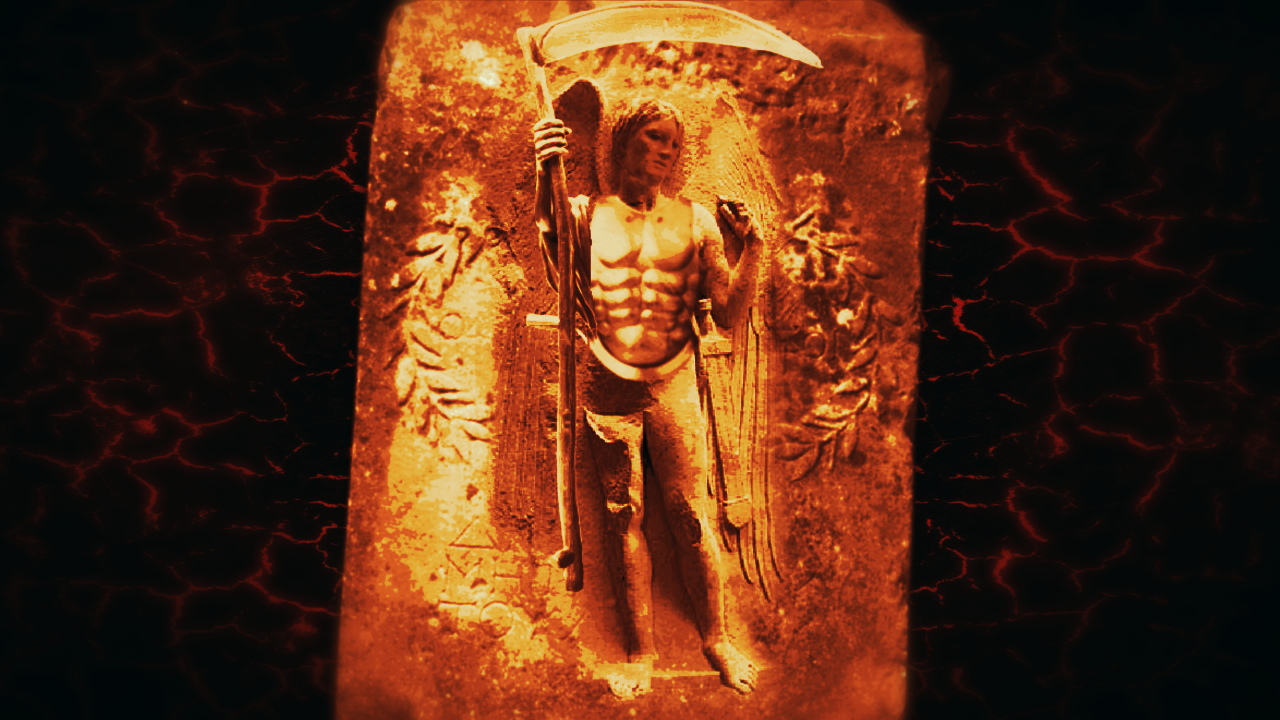

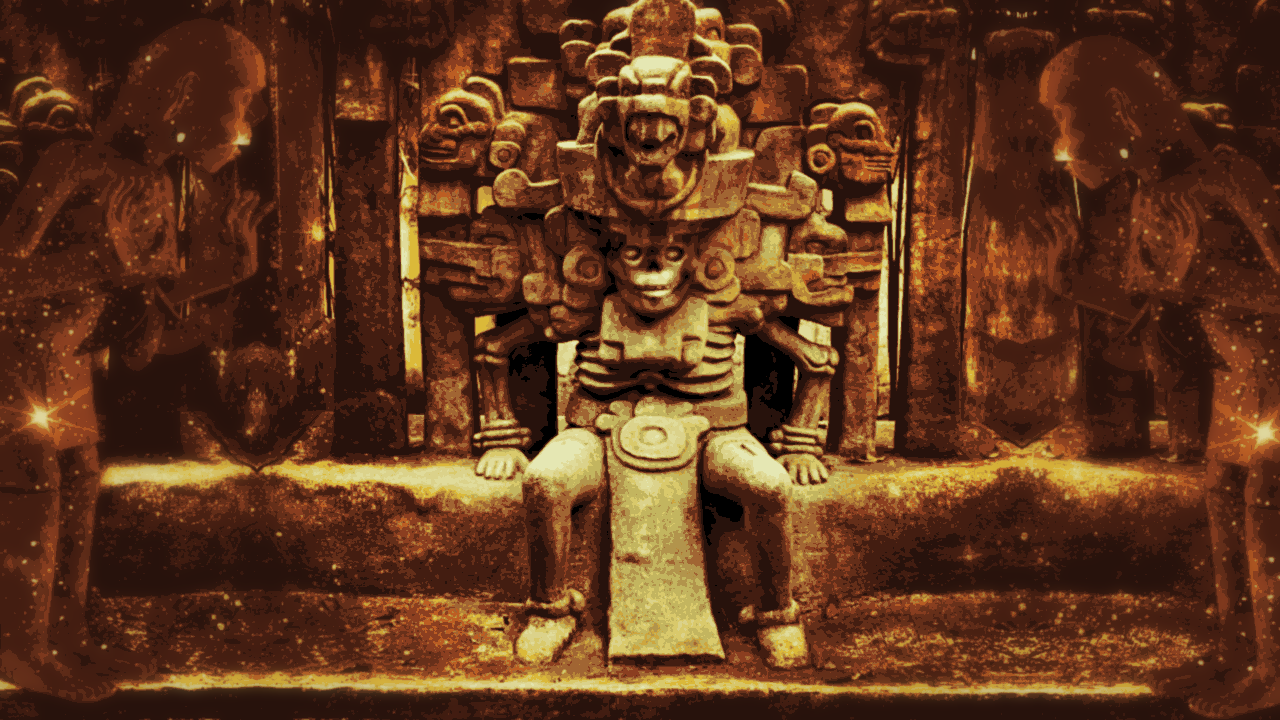


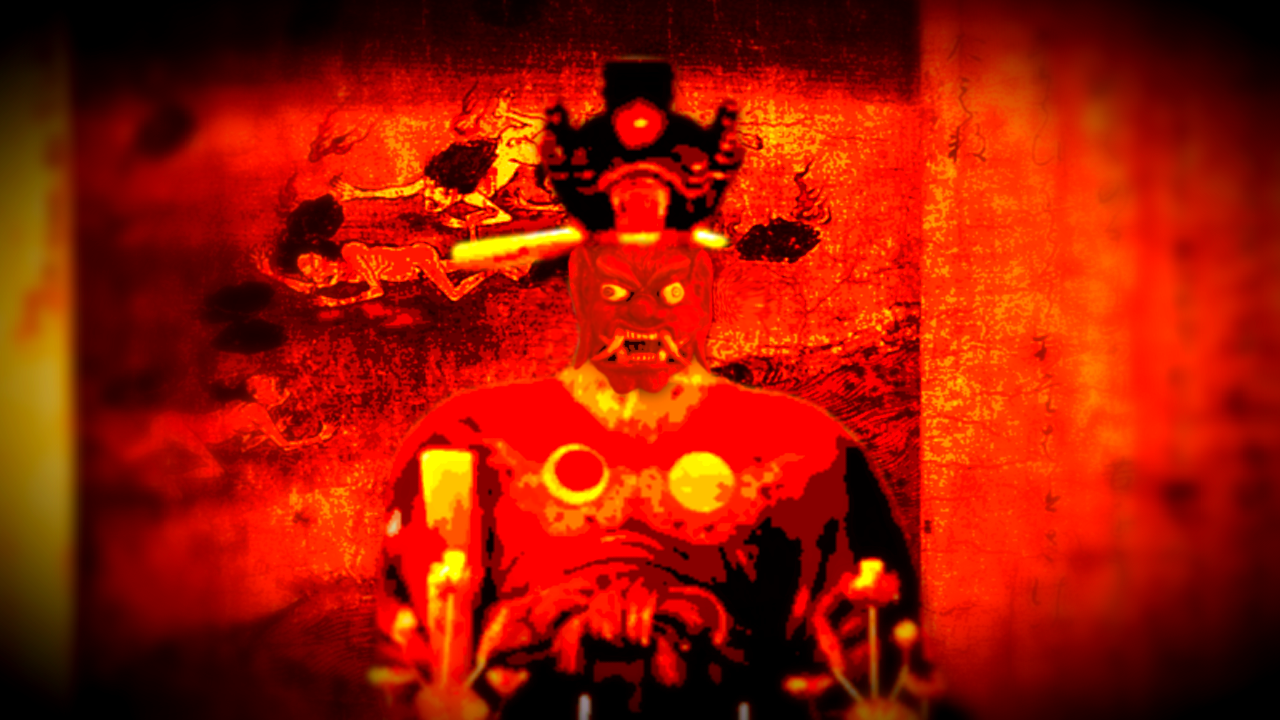
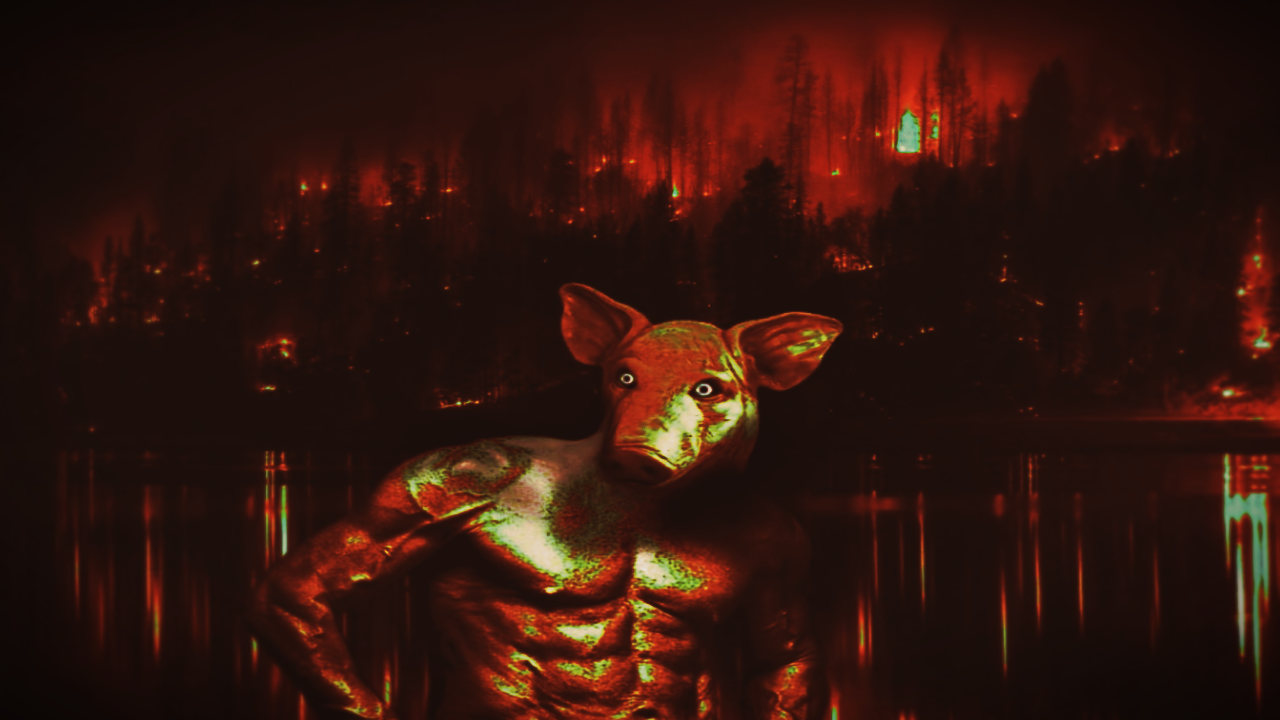



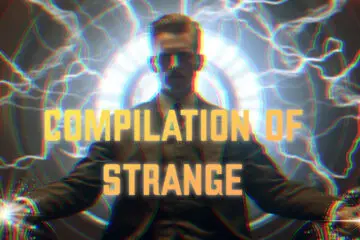
0 Comments